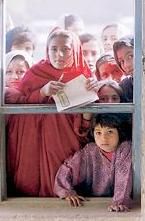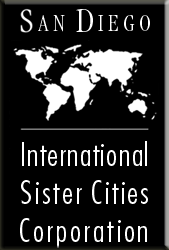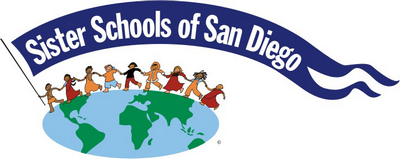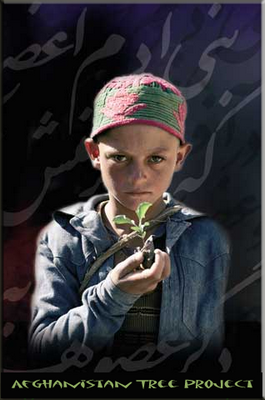NANGARHAR
UNIVERSITY |
|||||
|
Nangarhar University Jalalabad,
Afghanistan The Nangarhar University is one of the largest universities in all of Afghanistan. It has about 3,500 students, 250 faculty. Some of the Departments include Agriculture, Engineering, Education, Medicine, Theology, Pedagogy, Political Science and Veterinary Medicine.
The university has no computers for faculty, students or administration. They have no textbooks for classroom use. Professors teach from lecture notes. Most of the library books are in Arabic and only the Theology Department can use Arabic. The La Jolla Golden Triangle Rotary Club has sent Nangarhar University a set of World Book Encyclopedias and several text books authored by Dr. Maarten Chrispeels on Biology, Agronomy and social issues relative to plant cultivation in developing countries. Presently the Rotary Club has arranged for 10,000 English Dictionaries in transit for Afghanistan with 3,500 earmarked for students and faculty at Nangarhar university. Also in transit for Nangarhar University are five boxes of college math textbooks. The La Jolla Golden Triangle Rotary Club is working with Relief international to set up a satellite based computer /internet lab for use by the faculty at the Nangarhar University. This will provide a high speed broad band connection for 10 networked computers, two printers a copy machine and generator. External USB pin drives will be available for professors using the network. The University of San Diego has been instrumental in the design of the network and San Diego State University will be providing technical expertise (possibly on site) regarding system utilization. Cal Poly at San Luis Obispo contemplates providing technical agriculture information to Nangarhar University through the computer lab. We are exploring also establishing a relationship with the University of Peshawar in Pakistan. This 10 computer lab will be primarily for faculty use with the hope that once faculty is able to properly utilize the network, it can be expanded for student use and distance learning. Along with the computer is a program to teach English as second language.
|









